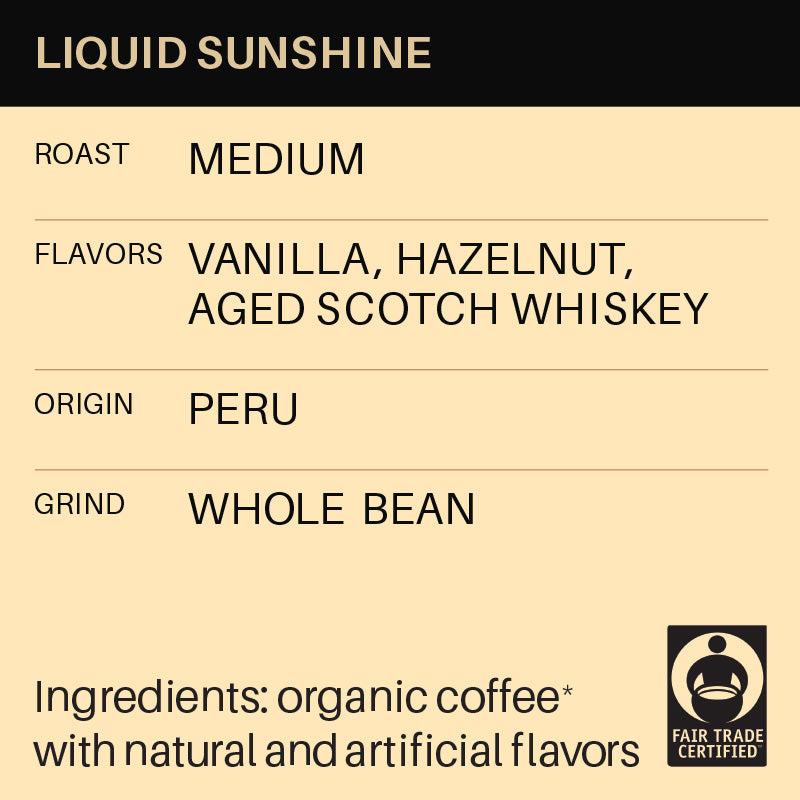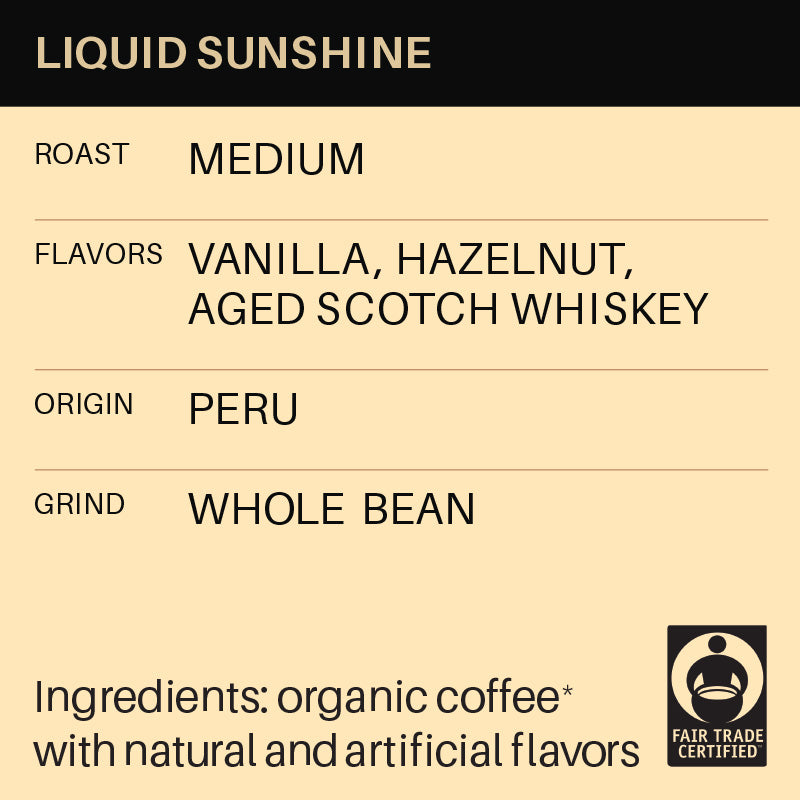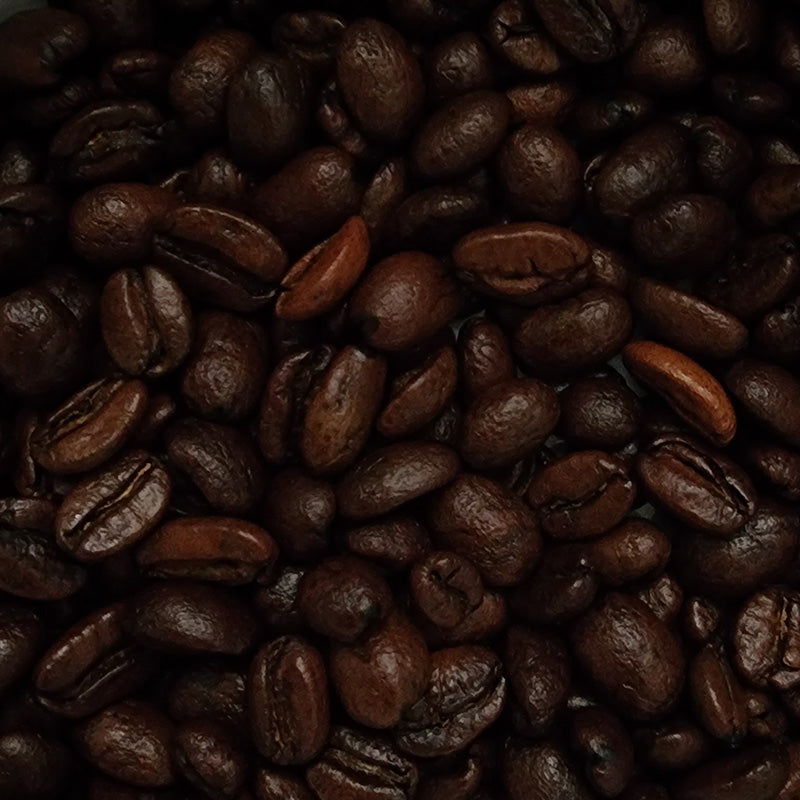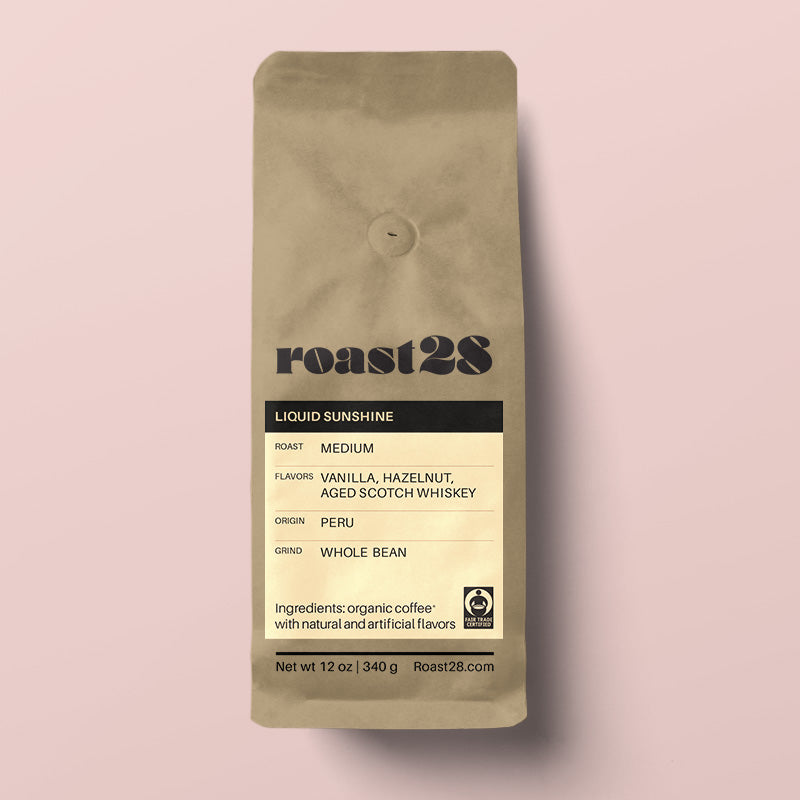Last updated: June 17, 2025
The Chemex pour-over method can look intimidating at first, but after trying it once, you will see how easy it is and also what all the hype is about. The method takes a little over five minutes and is a beautiful, meditative way to start your day. Additionally, Chemex pour-overs have a built-in carafe, wood collar, and thicker paper filters (which help the brewed coffee to be cleaner and brighter in taste). It also looks stunning on the countertop!

How to brew coffee using the Chemex pour-over method
Place the paper on top with the three-layered side facing the spout. Rinse the filter with hot water to remove the paper taste and discard the rinse water. Chemex filters specifically help when brewing dark roast coffee because they remove most of the oils and initial bitterness at the start. Dark roast coffee beans are more porous, more soluble, and easier to extract flavor from due to the longer roasting process.

Boil water
Water temperature: 100° C/ 212° F
Next, boil water using an electric kettle. An electric kettle reduces the time to boil dramatically and also allows you to adjust the temperature (which will be critical for removing the bitterness from dark roast brewing). Consider using filtered water for optimal flavor since the coffee picks up the water flavor and carries it into the final taste.
 Medium-fine grind, 1:15 - 1:16 brew ratio
Medium-fine grind, 1:15 - 1:16 brew ratio
Next, grind Roast28 whole coffee beans on a medium-fine setting. We prefer to brew our dark roast coffee with a Chemex at a 1:15 ratio, which means one part ground coffee to 15 parts water. For example, if you brew 30 grams of coffee (six level tablespoons), you should use approximately 450 grams of water (two cups). You can increase the amount of water up to 1:16 as it suits your personal taste.
Note: Be sure to check the manufacturer's settings for the recommended grind setting. Too coarse, and the coffee will be flat and weak; too fine, and the result will be bitter and overpowering. (We use a Baratza Encore at setting 10 for all Chemex recipes that come with your coffee.)
Watch the video on our YouTube channel.


Bloom coffee
Bloom pour: ~20 seconds
Bloom swell: ~45 seconds
The most fun part of brewing dark roast coffee is learning the art of the bloom. Using a kettle (electric gooseneck kettles work best), slowly pour hot water over the coffee grounds using a gentle inward-to-outward circular motion for about 20 seconds until all of the grounds are wet. Be careful not to pour water directly onto the paper filter, as this will seep straight down into the carafe, missing the grounds and weakening the flavor. You only need about one-third of the water to bloom coffee, just enough to get the grounds wet and let them start to de-gas and swell.

Add remaining water
Medium roast brew water temp: 100° C/ 212° F
Medium roast total brew time: 3-4 minutes
Dark roast brew water temp: 81° C/ 178° F (reduce temp)
Dark roast total brew time: 2-3 minutes
Slowly continue to pour the rest of the water onto the bloom using the same inward-to-outward circular motion. Pouring the remaining water should take about one and a half minutes, and then you can let the brew rest for the remaining one to two minutes. The more you slow the pour down (to a steady trickle), the closer you will get to the brew times above.

Enjoy
The coffee brewing method using a Chemex pour-over helps when brewing larger batches of coffee (we recommend it for our coffee recipes), and the carafe is durable and easy to clean. The double-bonded filter removes virtually all of the oil from brewing coffee, which reduces bitterness dramatically. Slow down your medium or dark roast brew method and enjoy the clean and smooth taste of your coffee instead.

How to experiment
There is a lot of science involved with the bloom stage, and understanding the chemistry behind extraction and solubility can help you experiment better. Test grind size, grind dose, initial bloom heat, final brew heat, and brew time one element at a time, and see if you can improve the method to perfect your cup. The higher heat used in the bloom stage helps speed the release of the bright, fruity, and sweet flavors (smaller molecular weight) while the lower brew heat used for dark roasts slows the bitter (larger molecular weight).

Leave a comment below
Join the community and let us know what works best for you. Leave a comment with the Chemex brew method that you prefer below, and be sure to include details (roast level, coffee flavor, etc.). We'll try your method and make adjustments to this article as we continue to experiment together.




